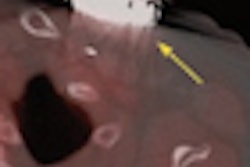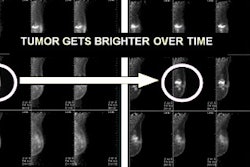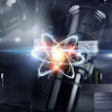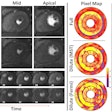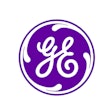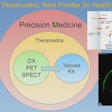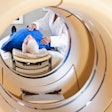Dear Molecular Imaging Insider,
To borrow from Bob Dylan's 1964 classic song, "the times they are a-changin,' " and the Society of Nuclear Medicine (SNM) is looking to keep pace with the ever-changing technology advances made by nuclear medicine and molecular imaging.
At this year's 2012 annual meeting in Miami, the society will ask members to vote on a proposed name change to the Society of Nuclear Medicine and Molecular Imaging.
In this exclusive first look for Insider subscribers, SNM President Dr. George Segall previews the annual meeting, explains reasons for the name change, and discusses this year's theme of global cooperation within the molecular imaging community. Click here to learn more.
Also in this issue comes a report from the American Roentgen Ray Society annual meeting, discussing why radiologists and nuclear medicine physicians recommend additional imaging tests about 30% of the time as a follow-up to oncologic PET/CT scans. Approximately half of those recommendations are unnecessary, according to the study.
In addition, Dutch researchers found that PET achieved the best diagnostic performance in the detection of obstructive coronary artery disease, topping SPECT and cardiac MRI. The meta-analysis still gave kudos to all three modalities for high sensitivity in this clinical application.
Canadian researchers, meanwhile, are using FDG-PET/CT to differentiate between infection and postoperative inflammation in patients with cardiovascular implantable electronic devices. The study found that abnormal FDG uptake helped pinpoint the location of infection, while negative FDG-PET/CT results prompted physicians to treat patients with antibiotics rather than removing devices completely.
Results from a randomized clinical trial presented at the recent American Academy of Neurology meeting suggest that the SPECT radiopharmaceutical DaTscan (ioflupane I-123 injection) can help clinicians distinguish between tremors due to Parkinson's disease and non-Parkinsonian essential tremor, expediting appropriate treatment.
Finally, patients with respiratory problems can breathe easier during PET/CT-guided percutaneous liver biopsies or ablations. Researchers in Boston are using shorter breath-holds to reduce procedure times and the amount of anesthesia used without compromising image accuracy.
Be sure to visit the Molecular Imaging Digital Community every day and connect with us in June when we report daily from SNM's annual meeting in Miami, beginning June 9.






